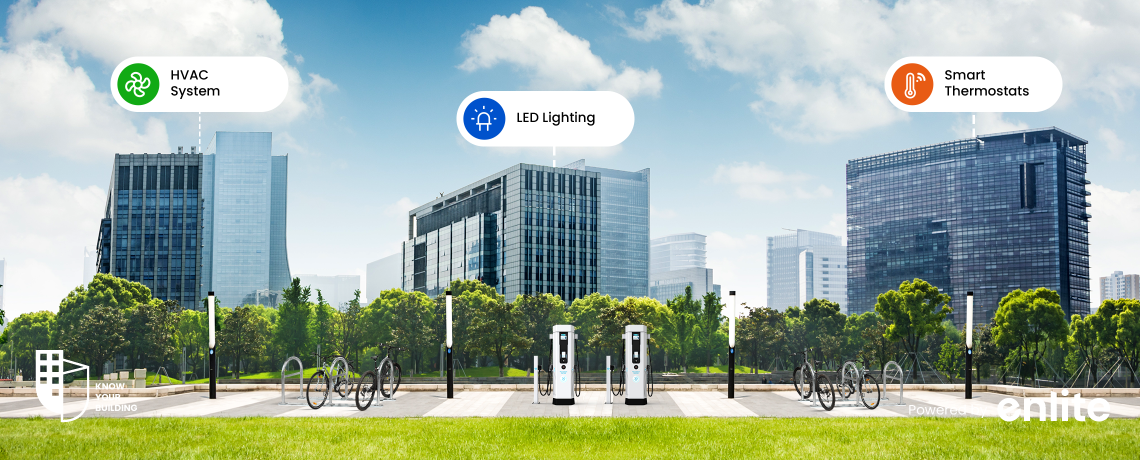As the world grapples with pressing environmental challenges, the role of commercial real estate in shaping a sustainable future has become increasingly crucial. This article explores how the commercial real estate sector can take proactive steps to mitigate its environmental impact and lead the way towards a greener future, particularly in the context of World Environment Day.
The Environmental Impact of Commercial Real Estate:
Commercial real estate accounts for a significant portion of global energy consumption and carbon emissions. From office buildings to retail centers and industrial facilities, these properties contribute to air and water pollution, resource depletion, and habitat destruction. Understanding and addressing this impact is essential for fostering environmental stewardship within the industry.
Sustainable Practices in Commercial Real Estate:
Green Building Design:
Investing in green building design principles, such as energy-efficient HVAC systems, sustainable materials, and natural lighting, can significantly reduce a property’s environmental footprint while enhancing occupant comfort and productivity.
Energy Efficiency Measures:
Implementing energy-saving technologies, such as LED lighting, smart thermostats, and building automation systems, can help commercial buildings optimize energy use and reduce operating costs over the long term.
Waste Reduction Strategies:
From recycling programs to composting initiatives, commercial real estate owners and managers can implement waste reduction strategies to minimize landfill waste and promote a circular economy within their properties.
Transportation and Accessibility:
Promoting alternative transportation options, such as bike racks, electric vehicle charging stations, and access to public transit, can encourage sustainable commuting habits among tenants and employees, reducing carbon emissions associated with transportation.
Financial Benefits of Sustainable Commercial Real Estate:
Cost Savings:
By reducing energy and water consumption, implementing green building practices, and optimizing operational efficiency, commercial real estate owners can achieve significant cost savings over the life of a property.
Enhanced Property Value:
Properties with sustainable features and green certifications often command higher rents, attract premium tenants, and experience greater market demand, leading to enhanced property values and investment returns.
Market Differentiation:
Embracing sustainability can differentiate commercial properties in the market, attracting environmentally conscious tenants, investors, and customers who prioritize sustainability in their decision-making processes.
Corporate Responsibility and Stakeholder Engagement:
Commercial real estate firms have a responsibility to their stakeholders, including investors, tenants, employees, and the broader community, to minimize their environmental impact and contribute positively to society. By adopting sustainable practices, fostering stakeholder engagement, and transparent reporting, companies can demonstrate their commitment to corporate responsibility and long-term sustainability.
Collaboration and Innovation in the Industry:
Collaboration and innovation are essential for driving sustainability in the commercial real estate sector. Industry stakeholders, including developers, owners, tenants, investors, and policymakers, must work together to identify and implement innovative solutions that address environmental challenges while meeting the needs of businesses and communities.
World Environment Day serves as a reminder of the critical role that commercial real estate plays in shaping a sustainable future. By embracing sustainable practices, prioritizing environmental stewardship, and collaborating with stakeholders, the industry can lead the way towards a greener, more resilient built environment for generations to come.














